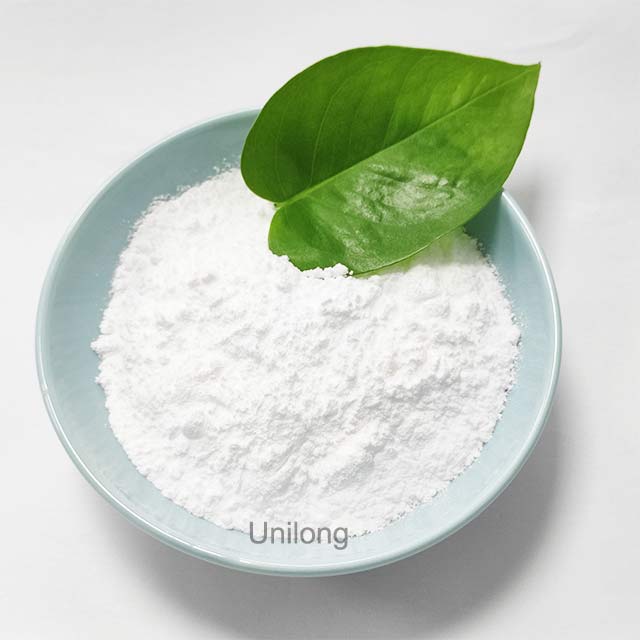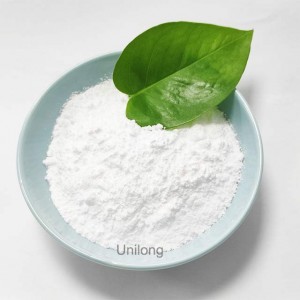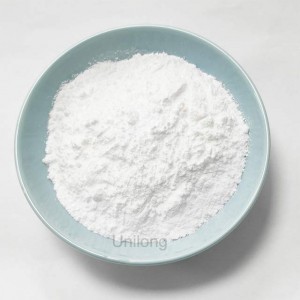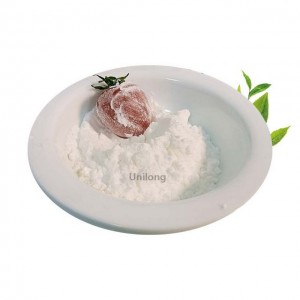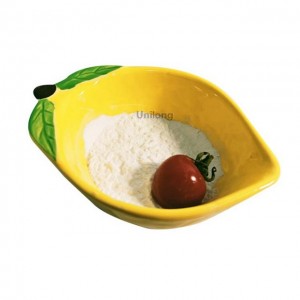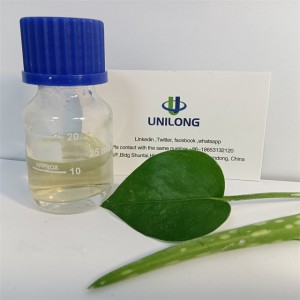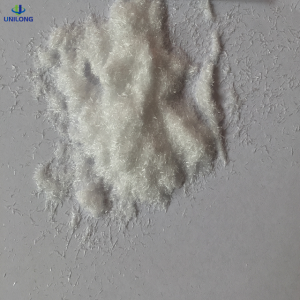Hyaluronic Acid CAS 9004-61-9
Hyaluronic acid (abbreviated as HA) is a kind of natural polysaccharide. CAS 9004-61-9. Hyaluronic acid has a special moisturizing effect and is currently the best moisturizing substance found in nature, known as an ideal natural moisturizing factor.
HA powder is widely present in the connective tissues of animals, such as skin, umbilical cord, synovial fluid of joints, vitreous body of the eye, etc. It has important physiological functions in the human body, such as lubricating joints, regulating the permeability of blood vessel walls, and promoting wound healing. Hyaluronic acid powder also has strong hygroscopic and moisturizing properties, capable of absorbing hundreds or even thousands of times its own weight in moisture. Therefore, hyaluronic acid raw material is widely used in cosmetics, health foods, medicine and other fields. In cosmetics, hyaluronic acid cosmetic grade powder can play a role in moisturizing, rejuvenating the skin and anti-wrinkle, etc. In the field of medicine, hyaluronic acid powder can be used in ophthalmic surgeries, treatment of joint diseases, wound healing, etc.
| Items | Specification |
| Appearance | White or almost white powder or fibrous aggregate |
| Identification
A. Infrared absorption
B.Reaction of sodium |
The IR spectrum of the sample exhibits maxima at the same wavelength as that of Ph.Eur.reference spectrum of Sodium Hyaluronate.
Positive |
| Appearance of solution | Clear and the absorbance is NMT 0.01 at 600 nm |
| pH | 5.0~8.5 (0.5% solution) |
| Intrinsic viscosity | Report the test value |
| Molecular weight | 1.20x106 Da |
| Nucleic acids | The absorbance is NMT 0.5 at 260 nm |
| Protein | ≤0.1%(on the dried substance) |
| Chlorides | <0.5% |
| Heavy metals | ≤10 ppm |
| Iron | ≤80 ppm (on the dried substance) |
| Loss on drying | ≤20.0% |
| Assay | 95.0%~105.0% (on the dried substance) |
| Residual solvents:Ethanol | ≤0.5% |
| Microbial contamination | ≤100 cfu/g |
| Bacterial Endotoxins | <0.05 lU/mg |
1. In the field of cosmetics: The core functions are moisturizing and improving skin texture
This is the most common application scenario of hyaluronic acid, mainly taking advantage of its powerful water absorption and retention capacity.
HA powder, as a basic moisturizing ingredient, is added to products such as essence, mask, lotion and cream to replenish moisture for the skin and relieve dryness and flaking problems.
Hyaluronic acid powder is used in anti-wrinkle products. By hydrating the skin, it temporarily soothed dry lines and fine lines, making the skin texture more plump and smooth.
hyaluronic acid raw material is also added to some makeup products (such as foundation and lipstick) to enhance the moisturizing effect of the product, reduce powder clogging or dryness.
2. Medical field: Focus on treatment and auxiliary medical care
Medical-grade hyaluronic acid has extremely high requirements for purity and safety and is mainly used in clinical treatment and medical procedures.
Joint disease treatment: It is made into an injection and injected into the joint cavity as a supplement to the synovial fluid of the joint, reducing joint friction and alleviating the pain and limited movement caused by osteoarthritis.
Ophthalmic medical procedures: Hyaluronic acid is used as a viscoelastic agent in ophthalmic surgeries such as cataract and glaucoma, playing a role in protecting the intraocular tissues and maintaining the surgical space.
Wound repair: Produce products such as gels and dressings, and apply them to the surface of the wound or wound to create a moist environment for the wound, promote the regeneration of epithelial cells, and accelerate healing.
Medical aesthetic fillings: In the field of medical aesthetics, Hyaluronic acid is used for facial fillings (such as improving nasolabial folds and sunken temples). It is injected into the dermis or subcutaneous layer of the skin to achieve shaping and anti-wrinkle effects.
3. Food industry: Focus on functional supplementation and taste optimization
Food-grade hyaluronic acid is mainly divided into two types of uses: dietary supplements and food additives.
Dietary supplement: Hyaluronic acid exists in the form of capsules, tablets or oral liquids, claiming to replenish hyaluronic acid for the body through oral intake, support joint health or provide nutrients for the skin.
Food additive: Hyaluronic acid is used in dairy products (such as yogurt), beverages, pastries and other foods, playing a role in thickening, stabilizing and improving the taste, making the food texture smoother.
25kgs/drum, 9tons/20’container
25kgs/bag, 20tons/20’container

CAS 9004-61-9 Hyaluronic Acid Manufacturer

CAS 9004-61-9 Hyaluronic Acid Manufacturer


